There can be your advertisement
300x150
Why Millennials Love Minimalism, and Zoomers Prefer Bright Interiors? It's Not That Simple
Or how personal experience shapes tastes more than generational markers
In recent years, it has become trendy to divide interior design preferences by generations: supposedly millennials gravitate toward Scandinavian minimalism, while zoomers choose neon, eclecticism, and dopamine decor. But such division oversimplifies the picture. Tastes and style are not a biological tie to birth year, but the result of complex processes.
With a designer and psychologist, we explore why interior design is primarily a reflection of memory and perception rather than demographic category.
Two key factors: experience and exposure
The main reference points by which a person forms visual taste are personal life experience and level of exposure. In other words: the interior in which we feel comfortable is shaped by what we have lived through and what we learned to perceive as beautiful.
Surprisingly, this set of parameters tells us more about a person than their passport. The generation in which they were born is just the background.

Design: Bonum Design
Experience is especially important in early age — the interior where childhood was spent lays emotional patterns. For example, if chaos, anxiety or visual overload ruled the house, a person may lean toward simple and clean spaces.
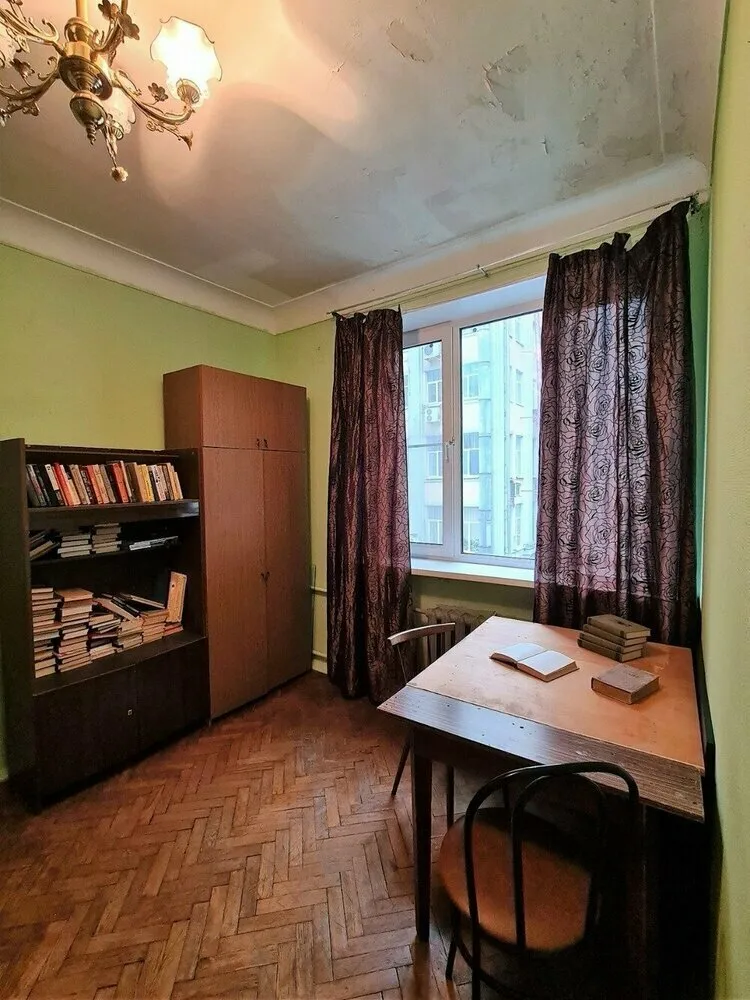
Design: photo before renovation in the project Just in terriers
And vice versa: if childhood atmosphere was warm and cozy, vintage details, carpets and wooden furniture will be associated with safety. The same style can evoke completely opposite emotions in two different people — and this is explained not by trends, but by memory.
Why millennials grew up with Soviet eclecticism
Many members of the 90s generation spent childhood in post-Soviet interiors where aesthetics gave way to functionality and availability. Furniture was acquired through connections, textiles were chosen from what was available in stores, and instead of designer solutions, people used maximum from what they had.
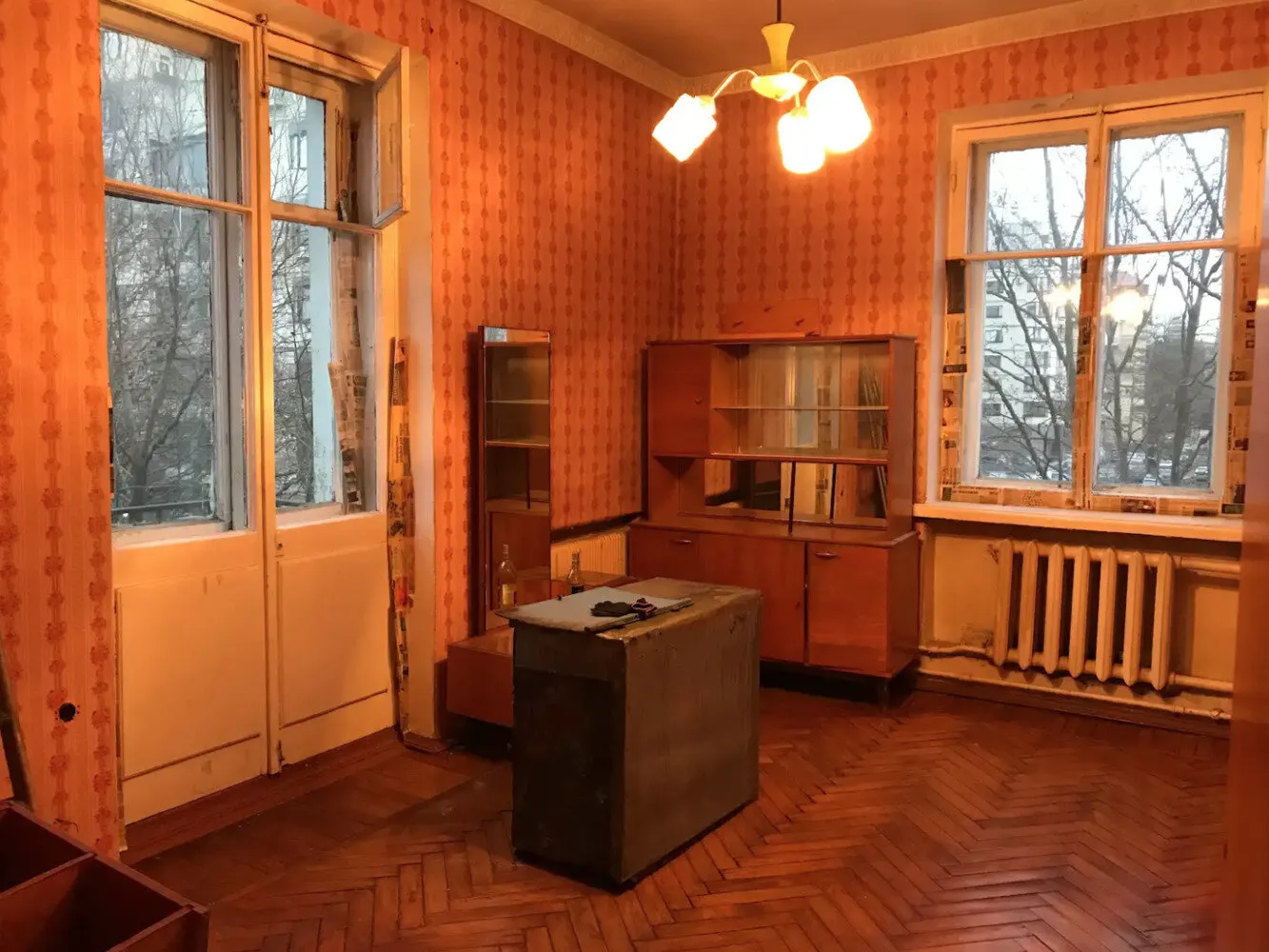
Design: photo before renovation in Lena Nikolaeva's apartment
However, this visual code worked differently for everyone. Some grew up with a feeling of irritation and heaviness, now striving for simplicity, white walls and minimalism. Others feel nostalgia and recreate their grandmother's cozy space: lamps with fringe, vintage dressers and velvet curtains. All depends on how the brain recorded what happened in those interiors: as something cozy or as something heavy.

Roman Tsvetkov, psychologist
Each generation develops its own system of values, beliefs and aesthetic preferences in everything, including creating a comfortable space for themselves. Millennials are still more inclined towards immaterial values and due to their environment, seek inner harmony. That's why they lean toward calm and minimalist decor.
Also, not least important is the fact that in their time they were raised in a rather cluttered world of various 'status' items, so as adults they simply try to go in the opposite direction and follow minimalism for inner balance.
When talking about zoomers, they grew up in an era when bright solutions were trendy, which was tied to the call for self-expression. So it's not surprising that they absorbed a certain message. The issue is not generational division but rather a trend affecting everyone to some extent. If this had happened during the peak of the millennial generation, it would have affected that group as well.
Exposure — the path from 'absurd' to 'interesting'
The second factor is exposure, i.e., the amount of visual experience a person encounters. It's formed through films, travel, art, Pinterest, architecture, exhibitions and simply walking around interesting neighborhoods. The more of this experience there is, the wider the taste range: the brain begins to perceive aesthetics even in complex and unfamiliar combinations.
If exposure is low, the brain literally cannot recognize 'beauty' in something complex and unfamiliar. This is a natural protective mechanism: new things seem strange, and strange seems unsafe.
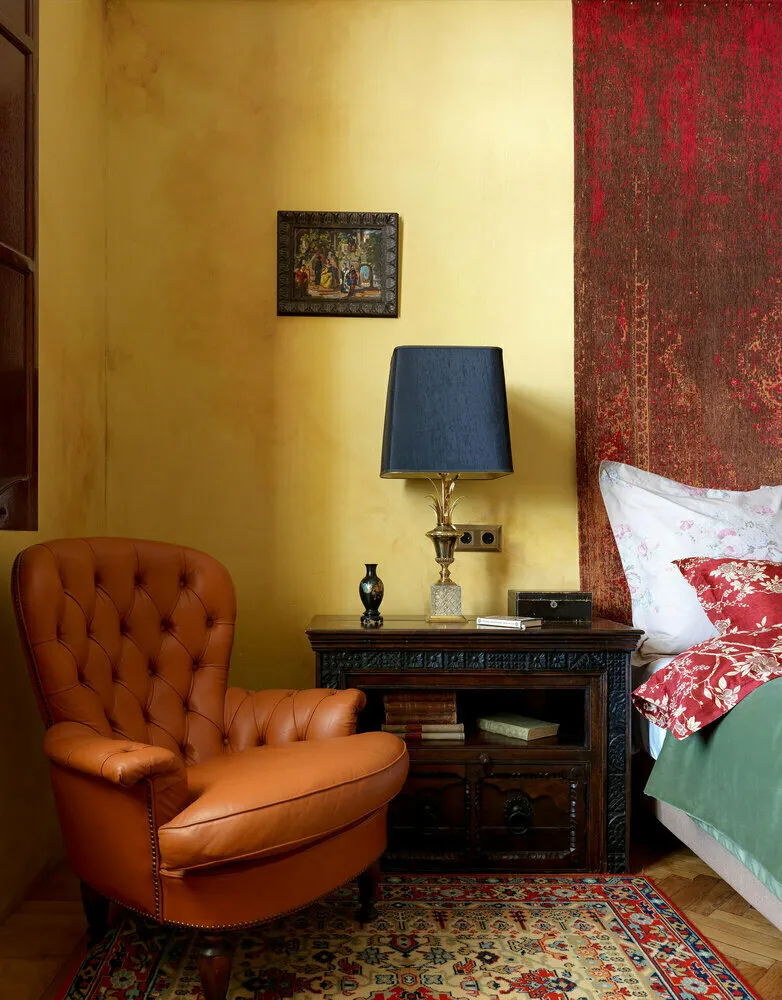
Design: Alena Skovorodnikova
Thus, a simple interior with minimal colors and forms — Scandinavian, minimalist, conventionally 'understandable' — seems comfortable and 'correct'. But when one delves into visual practices, simplicity begins to seem boring, and there's a desire for multi-layeredness, accents and distinctive details.
What about zoomers and bright interiors?
Zoomers were born in a different era — more calm in terms of interior design. Many of them witnessed homes after beige 'European renovation' with drop ceilings, vanilla-colored kitchens and tiles like everyone else. These are not design masterpieces but a noticeable step forward compared to Soviet furniture.
Against this background, zoomers were more receptive to bright styles when neomemphis, acid pop art and dopamine decor came into fashion.

Design: Ekaterina Khotim
But it's important to make a correction here: zoomers didn't invent bright interiors, they were simply in the active phase of their popularity. If neon forms and wild color palettes had been trendy in the 2010s, millennials would have used them just as much.

Design: Svetlana Khabeeva
This is not about age, but the time we live in. This is where the paradox of trends lies: most people find beautiful what they often see around.

Ekaterina Karavaeva, architectural designer
I completely agree that personal experience and exposure shape taste much deeper than a birth date. I often work with clients of the same age but diametrically opposed desires: one prefers sterile minimalism, another — a bright and rich space. The reason is not trends but the interiors they lived in as children, what they saw growing up, which books they read and exhibitions they visited.
In my view, this is good news: taste can be learned. The key is not to fear looking, comparing and trying. And don't chase generational templates. An interior should be honest — reflecting you, your story and what makes you calm and happy.
Fashion, trends, and the 'return home' effect
The human brain tends to seek what is familiar and safe. Therefore, interiors reminding of childhood or better times are perceived positively. This can be 70s vintage, carpets from the 90s, furniture from the 2000s — all depends on personal nostalgia. When it seems like the past was cozier, prettier and clearer, there's a desire to bring this into the interior.
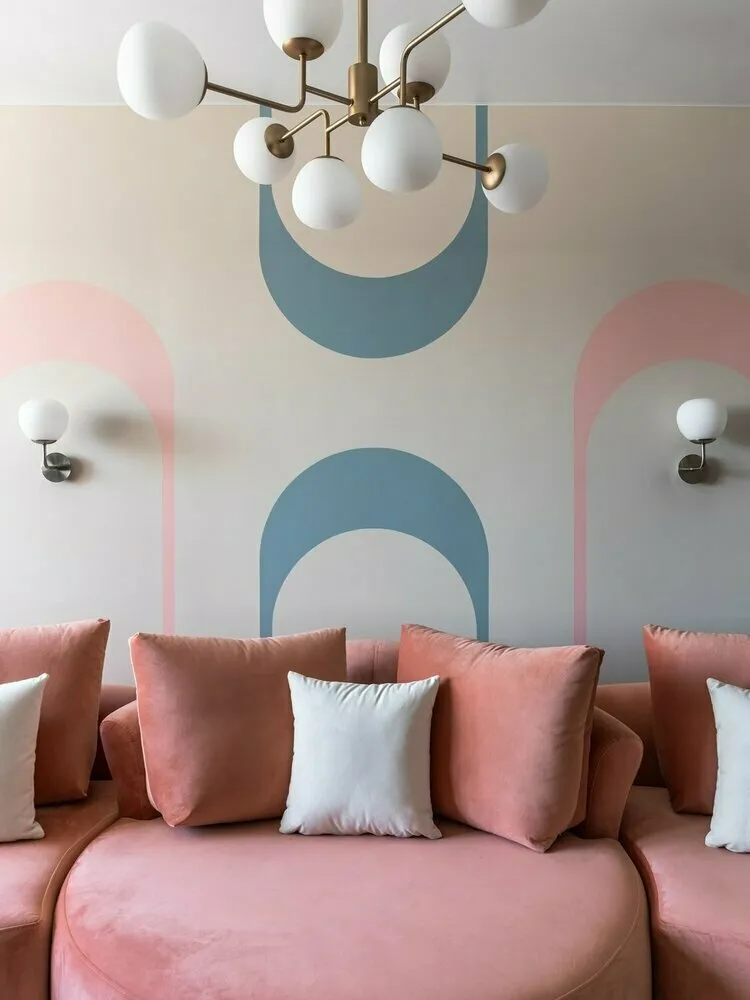
Design: Maria Mikhailova
Hence the popularity of vintage forms, 'grandmother's' ceramics, solid wood furniture, wallpaper patterns and complex textures. This is not a rejection of modernity but an attempt to embed personal history into it. That's why we say: interior is an autobiography in objects. It can tell a lot about us, even if we are not aware of it.
Age is not a sentence
Generation is definitely not the decisive factor. Tastes are formed from thousands of fragments: childhood, sensations, memories, visual experience, trends, practice and even personal therapy. Therefore, minimalism, love for color or preference for empty walls — is not an age issue.
It's about what we've lived through and allowed ourselves to notice and love.
Cover: projects by Maria Lebedeva and Ekaterina Khotim
More articles:
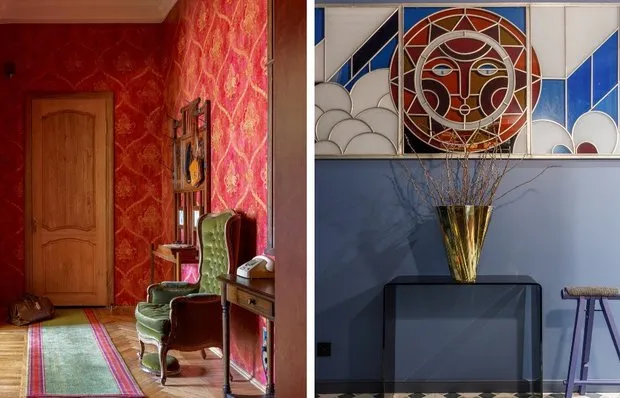 Bright Foyers in Old Architecture: 5 Examples
Bright Foyers in Old Architecture: 5 Examples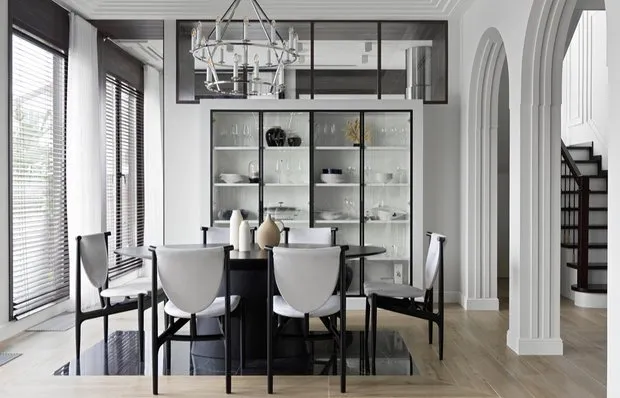 Luxury in Every Detail: How We Designed the Kitchen in a Country House
Luxury in Every Detail: How We Designed the Kitchen in a Country House Andrey Mironov at Home: French Perfume, Catalog Ties, and Mini-Theatrical Performances in the Kitchen
Andrey Mironov at Home: French Perfume, Catalog Ties, and Mini-Theatrical Performances in the Kitchen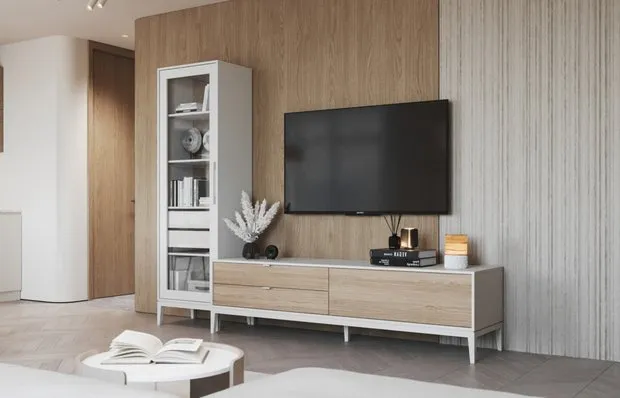 Stylish Functional Furniture: 10 Trending Finds
Stylish Functional Furniture: 10 Trending Finds Renovation Without a Designer: 7 Great Ideas from a Stalin-era Apartment, 36 m²
Renovation Without a Designer: 7 Great Ideas from a Stalin-era Apartment, 36 m² Before and After: How to Transform a Soviet Kitchen into a Dream Space (Without Going Bankrupt)
Before and After: How to Transform a Soviet Kitchen into a Dream Space (Without Going Bankrupt)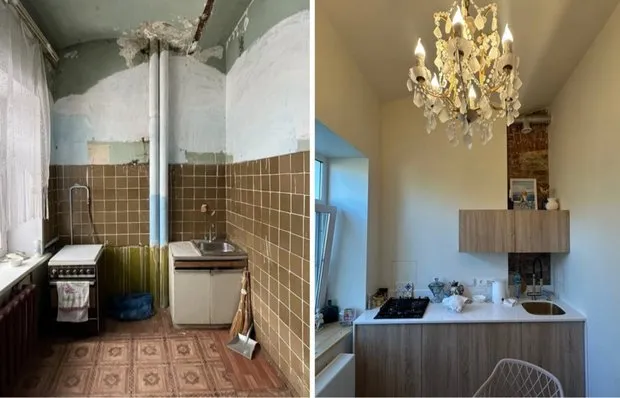 Before and After: Stunning Transformation of a 'Killed' 38 m² Two-Room Apartment in a 19th Century House
Before and After: Stunning Transformation of a 'Killed' 38 m² Two-Room Apartment in a 19th Century House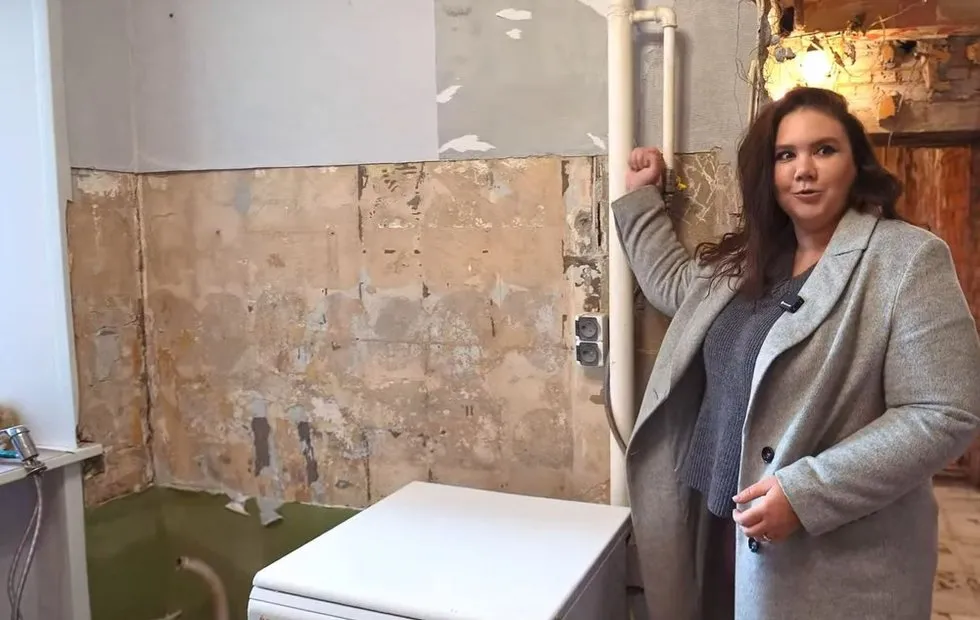 Why Pay 100 Thousand for a Stairwell Pipe: Exposing Hidden Utility Fees Nobody Talks About
Why Pay 100 Thousand for a Stairwell Pipe: Exposing Hidden Utility Fees Nobody Talks About